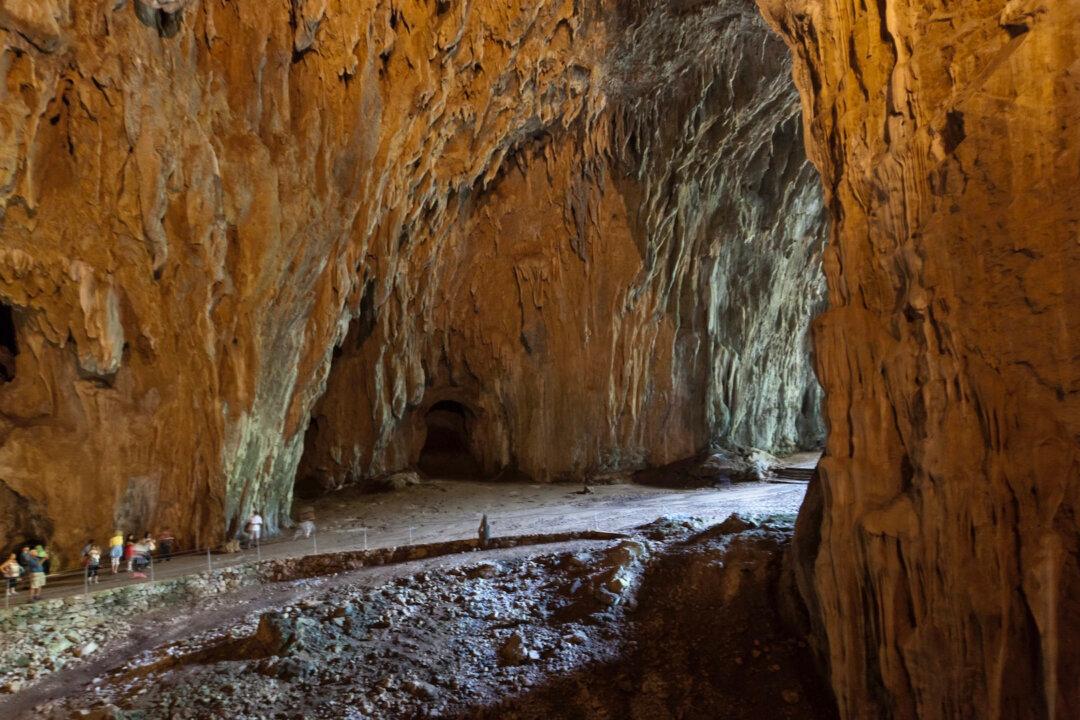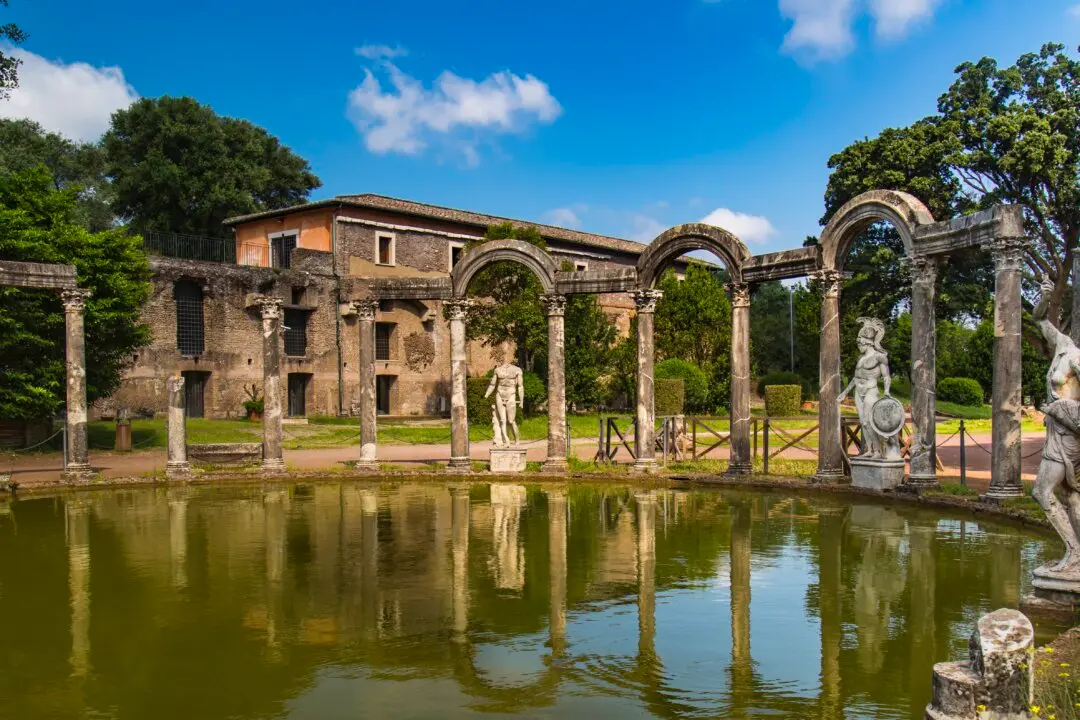Europe is rich in history, but its splendid castles, antique churches, and age-old ruins tell only part of the story. To dig even deeper in time—much deeper—visit a cave. Some of my favorites, in France and Slovenia, showcase 17-foot-long bulls drawn by our ancient forebears and 100-foot-high stalagmites sculpted by nature.
The world’s most famous cave paintings are at Lascaux, in southwest France. From 18,000 to 10,000 B.C., long before Stonehenge, the pyramids, metalworking, and farming—back when mammoths and saber-toothed cats still roamed the earth—prehistoric people painted deep inside these limestone caverns. These aren’t crude doodles with a charcoal-tipped stick. They’re sophisticated, costly, and time-consuming engineering projects.





